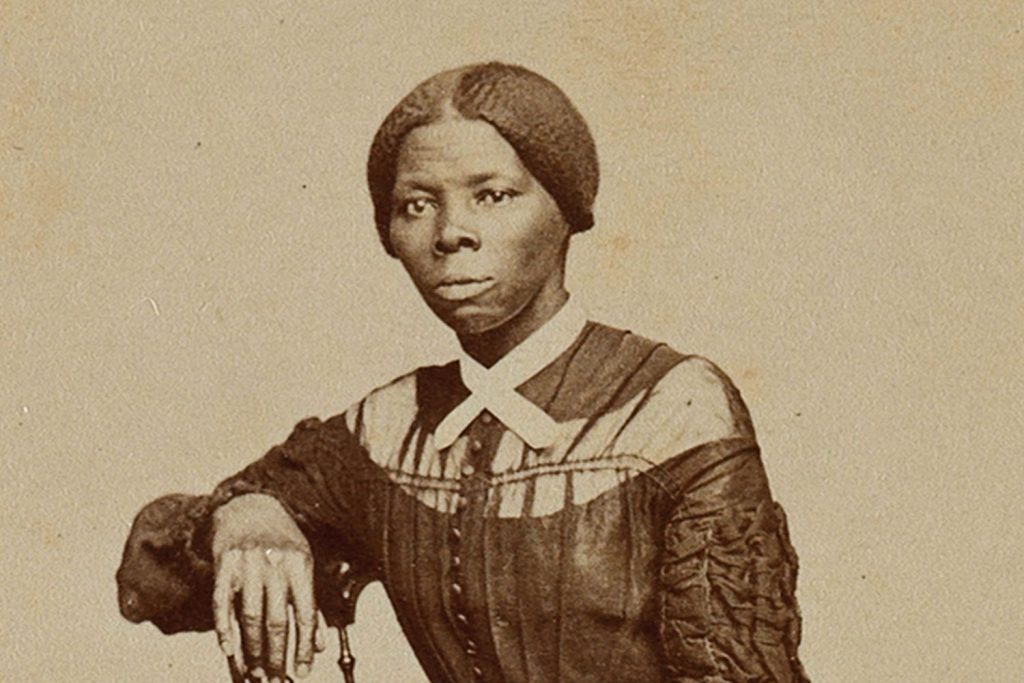Maryland’s Historic Women
As we reflect on Maryland’s legacy, let’s examine some of the women who shaped our state and its country’s history.

Harriet Tubman
Born into enslavement in Dorchester County, Harriet Tubman became one of the most influential conductors of the underground railroad. She escaped enslavement in 1849, but bravely returned to Maryland to help other enslaved people. Tubman helped guide at least 70 people to freedom between the years of 1850 to 1860. You can explore many of the places where her heroic acts occurred on the Harriet Tubman Byway.
Rachel Carson
Rachel Carson’s seminal work Silent Spring was written in her home in Silver Spring, Maryland. In this book, she argued against the use of chemical pesticides, discussing their negative effects on the environment. Public outcry due to Silent Spring led to the banning of Dichlorodiphenyltrichloroethane (DDT,) an insecticide. Her legacy is now honored at the Rachel Carson Conservation Park in Montgomery County.
Gloria Richardson Dandridge
Baltimore native Gloria Richardson Dandridge moved with her family to Cambridge, Maryland at age six. Later in her life, she played an integral role in forming and leading the Cambridge Nonviolent Action Committee. She met with then U.S. Attorney General Robert Kennedy to negotiate the Treaty of Cambridge which covered housing, employment and desegregation. Though she moved to New York, she continued her fight against racial injustice until her passing in 2021. Today, Cambridge honors her with a place on their Local African-American Heritage Mural.
Dr. Lillie May Carroll Jackson
Dr. Lillie May Carroll Jackson worked as the head of Baltimore’s National Association for the Advancement of Colored People (NAACP.) During her tenure with the organization, the Baltimore NAACP won integral legal cases and its membership skyrocketed. She was known in Baltimore as the “Mother of Freedom.” Before her death in 1975, she decided that she wanted her home to be a civil rights museum. You can explore Dr. Jackson’s legacy at The Lillie Carroll Jackson Civil Rights Museum in Baltimore.
Elisabeth Gilman
A fierce advocate of social, racial, and economic justice, Elisabeth Gilman helped form the Maryland Civil Liberties Commission, which preceded Maryland’s chapter of the American Civil Liberties Union (ACLU.) Born in Connecticut, she moved with her father to Baltimore when he became the first president of John Hopkins University.
Margaret Brent
Most well-known as the first woman to request the right to vote in the United States, Margaret Brent travelled with her siblings to the newly established colonies in 1638, where religious freedom was promised to them as Catholics. Her family was granted land by Lord Baltimore. Unlike many women of the time, she became an influential landholder and businesswoman in St. Mary’s City. When she stood in front of Maryland’s General Assembly, she requested not one, but two votes; one as a landowner and another as the attorney of Lord Baltimore. But tradition ran deep, and Brent’s requests were denied.
Catharine “Kitty” Knight
According to Kent County local legend, Catharine “Kitty” Knight was responsible for saving two homes from British destruction in 1813. Much of Georgetown, Maryland had already been burned to the ground, but Kitty’s defiant pleading with British admiral George Cockburn saved both her and an elderly neighbor’s home from being destroyed. Her bravery is honored by a historical marker outside these combined homes reading: “In Honor of Mistress Kitty Knight, Revolutionary Belle and Beauty, A Friend of General George Washington, When the British burned Georgetown in 1813, Her Heroic Efforts Saved this House which later became her home.”
Etta & Claribel Cone
Growing up in Baltimore, sisters Etta and Claribel Cone traveled around Europe in the early 20th century. They met and socialized with well known artists such as Matisse and Picasso. They bought art from current artists, as well as work from earlier painters such as Van Gogh. When Claribel died in 1929, Etta continued growing their collection. When she died in 1949, she left their collection to the Baltimore Museum of Art.